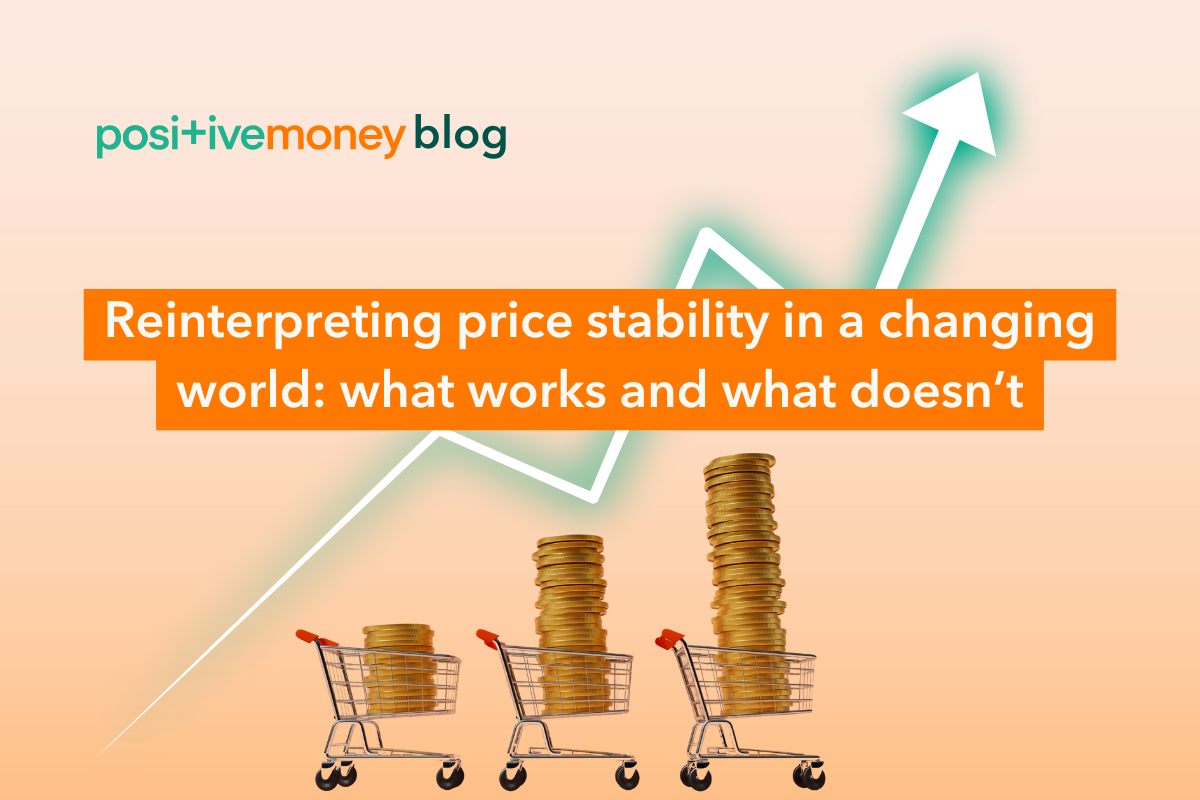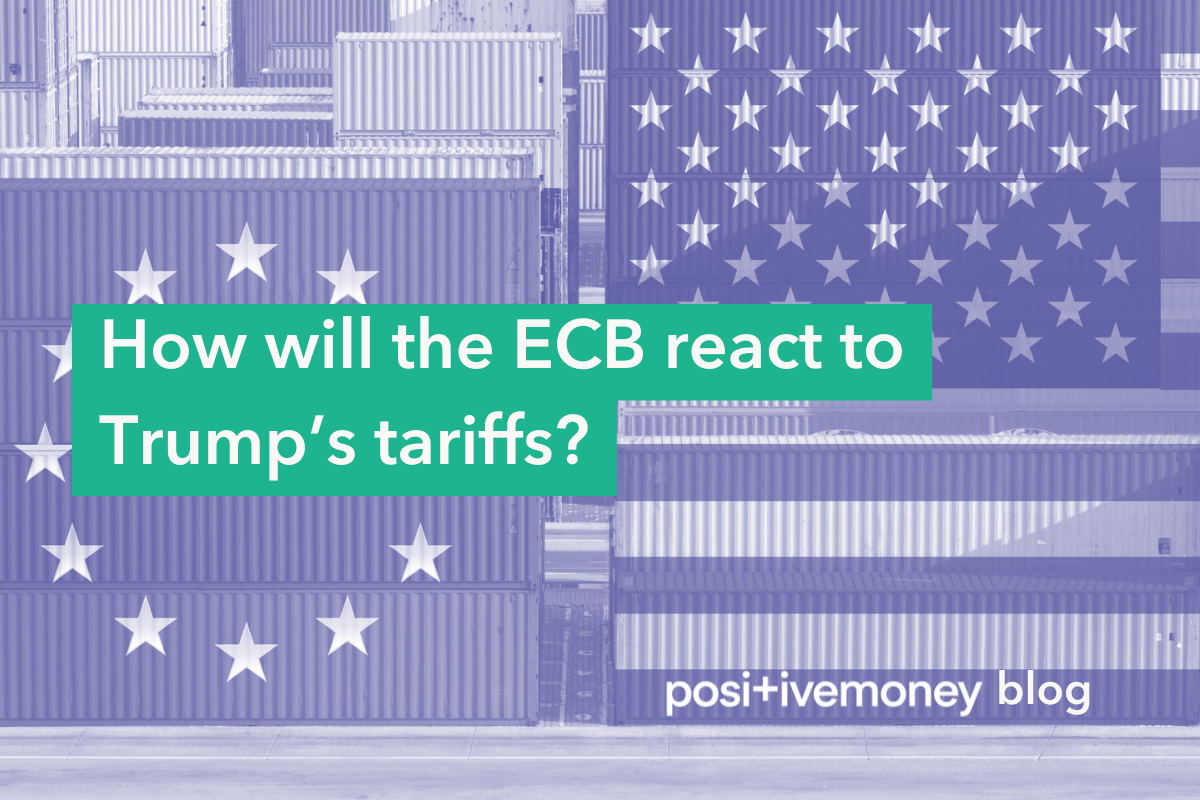
MacroeconomicsEU
18 December 2025
Today’s ECB Governing Council is being held in a particularly murky context. Trump’s tariffs announcement and the subsequent financial volatility they triggered have created an environment of heightened uncertainty. In this post, we discuss how these developments are likely to be addressed in today’s European Central Bank monetary policy decision.
The first months of Trump's new administration were far from placid, but during the past weeks its erratic nature has intensified. On April 2nd, on his so-called “Liberation Day”, Trump announced a set of tariffs on the basis of an arbitrary formula. On top of a 10% across the board tariff, there was an increased rate for countries with larger trade surpluses with the US. For example, Vietnam and Cambodia were hit with tariff rates of 46% and 49%, respectively. The EU received a 20% tariff.
The announcement triggered financial investors to sell their shares in large volumes. Furthermore, bond prices fell as financial investors scrambled for cash, a dynamic that triggered Trump’s partial turnaround on April 9th. While the so-called ‘reciprocal tariffs’ were paused, the 10% universal tariff was maintained, alongside the previously announced 25% tariffs applying to aluminium, steel, and cars. Importantly, this general reversal contrasted with an escalation in tariffs on China, which were raised first to 125% and then to 145%, though certain goods have been exempted, such as electronics or semiconductors.
This is just a rough summary, however, what it is important to note is that events change by the day. The current administration of the world’s largest economy is absurdly erratic, an uncertainty-generating machine.
The ECB’s primary objective is price stability, meaning keeping price growth at 2% over the medium term. When setting interest rates, the Governing Council considers the developments of a range of macroeconomic indicators, such as inflation and employment, as well as financial and monetary developments, such as how its interest rate is being transmitted to financial markets, interest rates and lending conditions. In addition, the Governing Council considers their in-house macroeconomic projections. Crucially, the assessment of risks, meaning the perceived upside and downside risks to their baseline scenarios, play an important role in the final decision making process.
Given the recent nature of these events the full impact is still yet to be seen. Therefore, they will be especially relevant for the forward looking risk scenarios. It will be argued below that two downside risks are of special relevance in the current context: the risk of economic slowdown and growing global financial instability risks.
There are multiple channels through which economic activity in the euro area could be affected to the downside. First of all, the euro area is highly reliant on exports as a source of demand, meaning that it sells a large part of what it produces abroad. Exports to the US represent 3% of euro area GDP, and the announced tariffs will likely reduce the demand for EU goods. What’s more, the fears of a recession triggered by these measures are growing. JPMorgan has raised its forecast for a global recession in 2025 to 60%. A global recession would hit the demand for European exports across the globe.
Recession fears also negatively impact commodity prices, reinforcing this picture. For instance, crude oil prices tumbled by more than 20% following Trump’s tariff announcement, reaching a four-year low. While they have recovered slightly, they remain well below the level prior to April 2nd announcements. Analysts also warn that the current prohibitive tariffs that the US imposed on China could redirect cheap Chinese goods towards European markets, further pressuring European industries.
Added to this, the current events are a machine that generates uncertainty. In the ECB’s March meeting discussion, growing uncertainty was already being flagged by Governing Council members as a worrying trend. They described the nature of current uncertainties as “multidimensional (political, geopolitical, tariff-related and fiscal) and as comprising “radical” or “Knightian” elements”. This radical uncertainty that impregnates today’s global economy weighs down on investment, which is the most dynamic macroeconomic variable and the driver of the economic cycle. Currently, investors can not get a clear picture of what the future looks like.
Currently, there is no way for anyone planning to invest in long-lived capacity to have a clear vision of what the future looks like. Investment decisions are paused, postponing them to a point in time where there is more clarity. Uncertainty is immobilising, especially when it comes to long-term investment decisions, bringing economic activity to a halt. This points to deflation risks arising in the near-to-medium-term.
As mentioned above, recent events have triggered significant downturns in financial markets. Volatility indices have surged to levels surpassed only during the Covid-19 pandemic and the Global Financial Crisis, adding pressure to the fragile economic outlook. It is too early to get a clear picture of the drivers of current developments in financial markets, but several analysts have argued that financial investors are fleeing from dollar denominated assets due to a loss of trust. This has resulted in a depreciation of the dollar, which lowers the price of imports invoiced in dollars.
More broadly, the uncertainty surrounding the dollar’s safe-haven role along with increasing doubts about whether the Federal Reserve can be relied upon to act as the world’s central bank, as it did in previous episodes of financial instability, point to deeper systemic risks. These carry consequences to the ECB well beyond today’s decision, and we will explore them further in future posts.
Thus far, we have been just pointing to downside risks to economic activity and inflation. However, not everyone agrees. Klas Knot, the governor of the Dutch National Bank, has argued that trade conflicts can lead to stagflation risks, meaning lower growth and higher inflation. At its March meeting, the ECB revised down its growth projections for 2025 and 2026 due to the comparatively mild tariff announcements made back then. However, it was also argued that the risks to inflation were more ambiguous. Upside risks to inflation were thought to stem from a hypothetical depreciating euro relative to the dollar, as well as possible EU retaliation to US tariffs. However, those risks have not materialised. On the contrary, the euro has appreciated strongly against the dollar and the EU has paused its countermeasures against US tariffs.
During that meeting, it was also noted that if trade tensions continued to escalate and uncertainty intensified, “these factors could increase the risk of undershooting the inflation target in the medium term”. It seems rather likely that recent events have gone well beyond the most adverse scenarios pictured by Governing Council members back then, making the risk of undershooting the inflation target more likely. At this stage, the question today is not whether the ECB will cut rates, but by how much it will do so.
